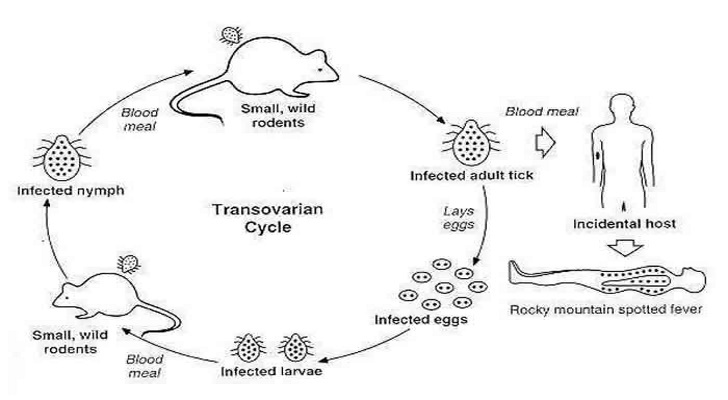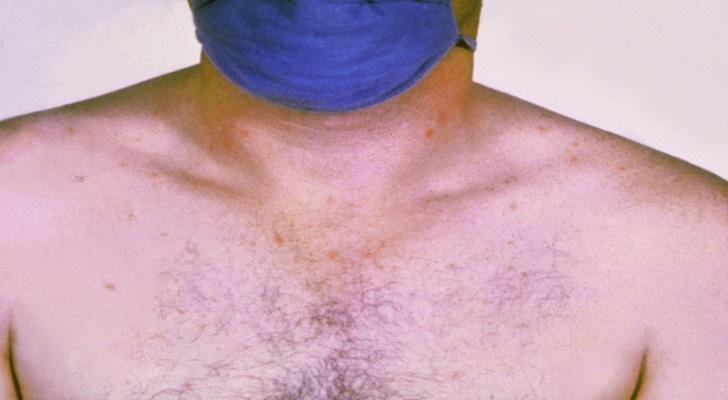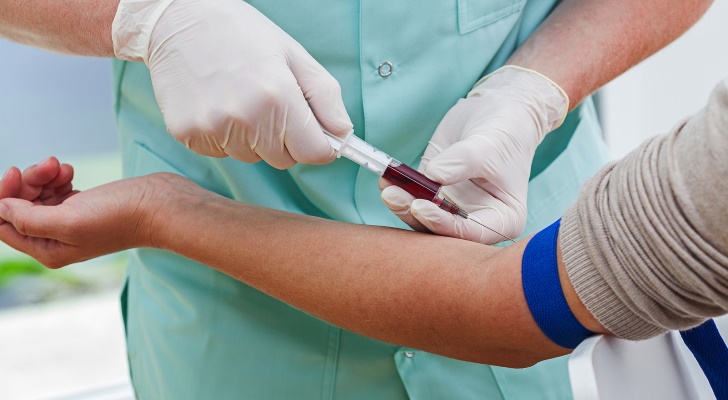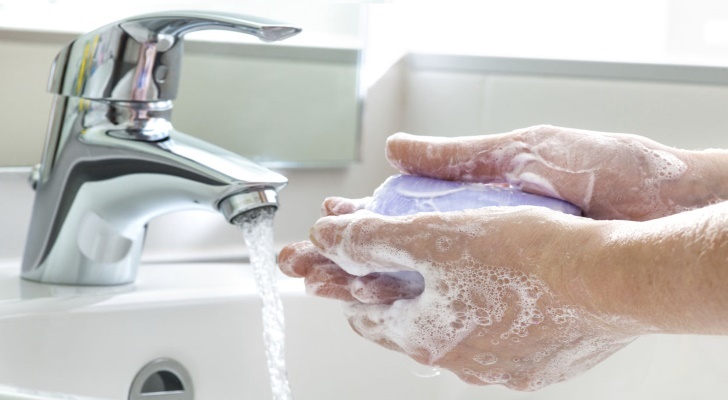Typhus Causes, Symptoms, Diagnosis and Prevention

Rickettsia bacteria is quite harmful to people. It may provoke an infection called typhus. There are several ‘bridges’ to this sort of infection. The carriers are some parasites like flea, louse, and tick. Once they get under your skin through biting, the infection is in there. These parasitic species are also called arthropods. They can be either healthy or not. Infected ones are the carriers of various bacteria. It is dangerous to start scrabbling the body as the mite or louse may get into the blood.

The source of typhus is perfectly known and was well-studied – tiny nasty bugs defined as a parasite. Those are lice, mites, and fleas infected with Rickettsia bacteria. Thus, the tick, for instance, also has to have these bacteria to transfer it to a human body. Unlike some other infectious illnesses, this disease is not passed from one individual to another. Typhus can be divided into 3 various categories. Every type of this disease has its own sources and consequences. The treatment also may vary a bit. Arthropods deliver the infectious bacteria into the human organism once they get to the bloodstream.

The rarest and most unstudied type of the disease is endemic. It barely happens in the wealthy regions of the world. Usually, the carriers of these bacteria can be noticed in the places with a low level of hygiene. In addition, the environment must be cold to let the carriers live and reproduce. Many people know this disease more as the ‘jail fever’ as mostly prisoners suffer from this problem due to the poor hygiene and pretty low temperatures. Except for the tiny parasites, the rats and mice also may pass this sort of typhus to people.

Let’s say, the infected flea or rat bite someone. The signs of endemic typhus progress within 1-2 weeks. The infection starts evolving in the body immediately, but such thing as fever can be noticed in a week only. The temperature of the body is usually extra high. The patients may feel extreme headaches. They feel like vomiting all the time. They lose their appetite as well as a lot of water, which can be explained by the facts of diarrhea. In addition to these symptoms, malaise takes place. The visual effect is the reddish spots that form a rash (develops in a week or less). The attacked regions are the chest and abdomen. It may be followed by a cough. Only two percent of patients used to die.

As less than 2% died from typhus, it is obvious that it is possible to define the disease timely and get rid of the nasty infection. The doctor will conduct several tests to identify the source of illness. Those are skin biopsy, Western blot, different blood exams, and immunofluorescence examination. First, the physician takes a sample of body’s surface. Then, fluorescent dyes might be useful to find the bacteria. Finally, simple blood test assists in stating the diagnosis properly.

Instead of treating, try to avoid this problem by following several simple tips. Mostly, the recommendations are associated with the simple norms of hygiene. The mites usually do not attack people who stick to the rules of elementary hygiene like regular hand washing. People should also look after a number of rodents. Through controlling its population, it is possible to prevent the reproduction of bacteria carriers. Do not visit areas of the Rickettsia bacteria proliferation. In the regions with high threats, people may use chemoprophylaxis with doxycycline.
